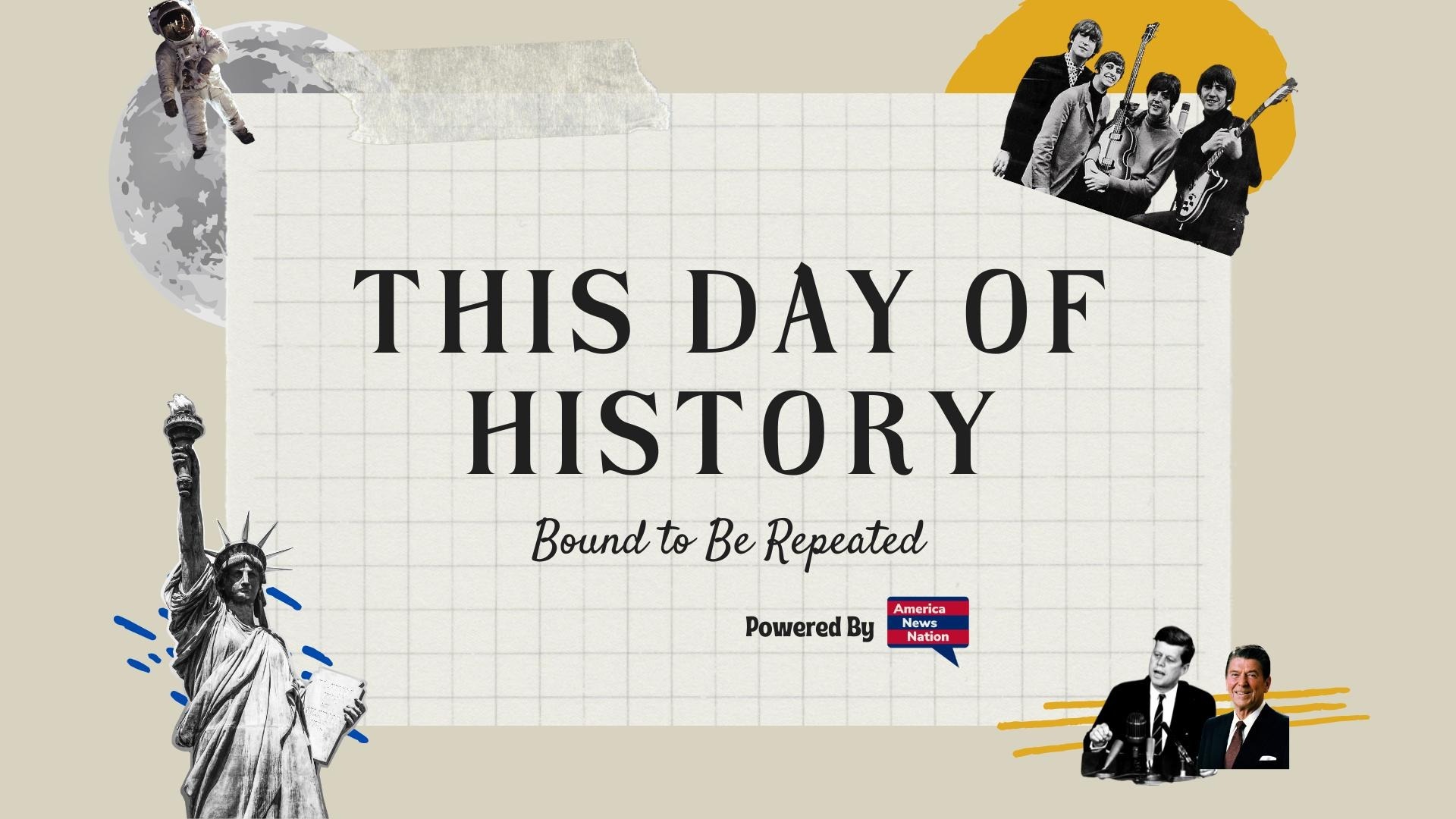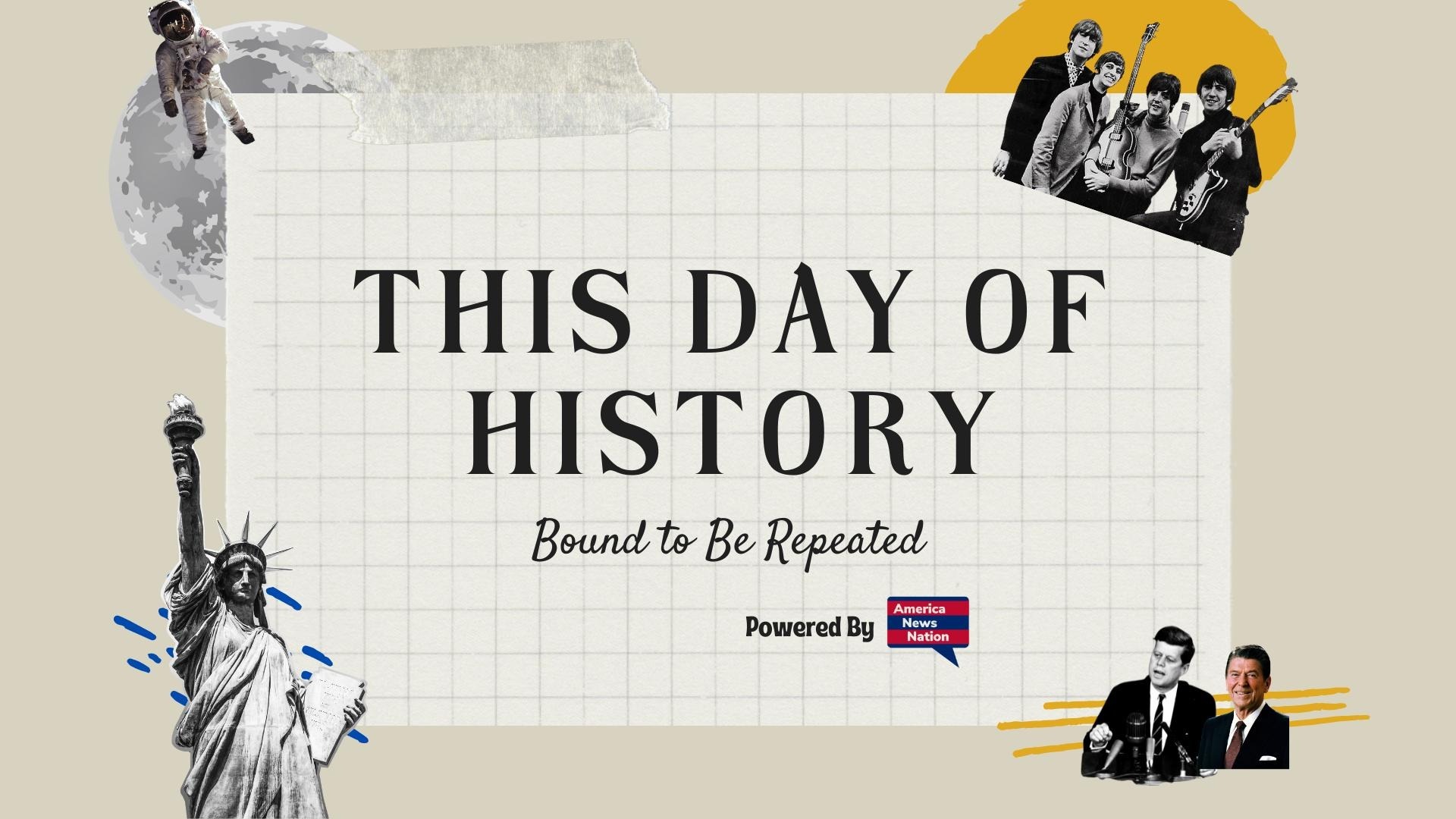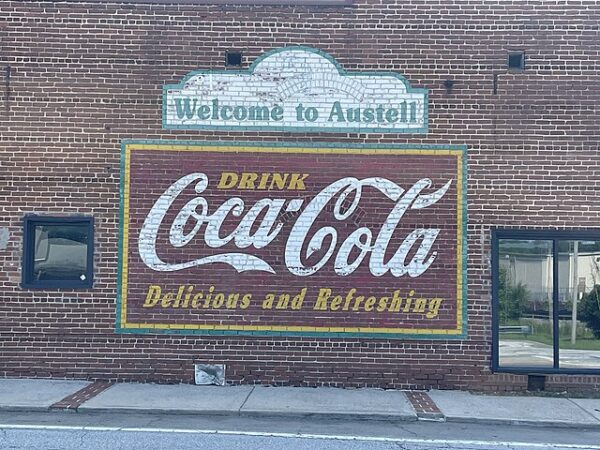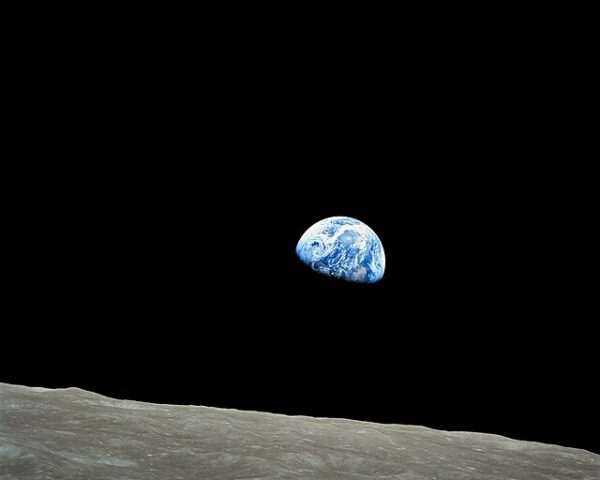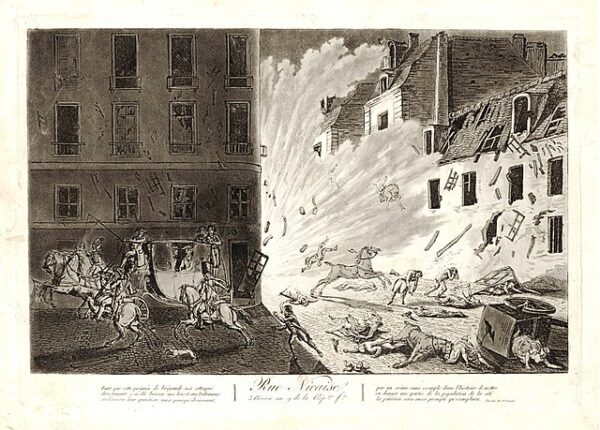It didn’t start as a soft drink. On May 8, 1886, in the heart of Atlanta, a morphine-addicted Confederate veteran turned pharmacist poured the first glass of what he claimed could cure headaches, exhaustion, indigestion—even impotence. His name was Dr. John Stith Pemberton, and his concoction—sold for five cents a glass at Jacob’s Pharmacy—would come to be known as Coca-Cola.
Like many veterans of the Civil War, Pemberton returned home wounded, addicted, and desperate for alternatives to the morphine that ruled his life. Drawing inspiration from the popular French tonic Vin Mariani, which combined Bordeaux wine and coca leaf extract, Pemberton devised his own version: “Pemberton’s French Wine Coca.” It blended alcohol, coca (the raw material for cocaine), and kola nut (a natural source of caffeine)—and promised relief for everything from melancholy to male frailty.
But Atlanta’s temperance laws forced Pemberton to revise the formula. Out went the alcohol; in came sugar and carbonation. The result: a fizzy, non-alcoholic tonic still laced with coca and kola, sweetened into something more palatable—but still pitched as medicine. His business partner, Frank Robinson, came up with the name “Coca-Cola,” penned its elegant script logo, and helped position the drink as a therapeutic marvel in a crowded field of unregulated “cure-alls.”
The original Coca-Cola was no innocent refreshment. In the late 19th century, patent medicines operated in a legal gray zone, peddling grandiose health claims with little evidence or oversight. What set Coca-Cola apart wasn’t its science—it was its flavor, its caffeine jolt, and, until the 1920s, the unmistakable presence of cocaine.
Pemberton, in failing health, never lived to see Coca-Cola’s explosive success. He sold off stakes in the business piecemeal until Asa Candler, a sharp Atlanta businessman, took control in 1888. Candler stripped away the medicinal rhetoric, framed Coca-Cola as a soda fountain treat, and turned it into a juggernaut of American branding.
By the time cocaine was quietly removed from the formula in 1929, the drink had already become a national fixture. Today, Coca-Cola is sold in more than 200 countries, a symbol of American consumer culture—but its origin story is rooted in a peculiar era of quack cures and addictive tonics masquerading as medicine.
And it all began on this day in 1886, with a wounded pharmacist, a dubious remedy, and a single glass poured on a spring afternoon in Atlanta.
